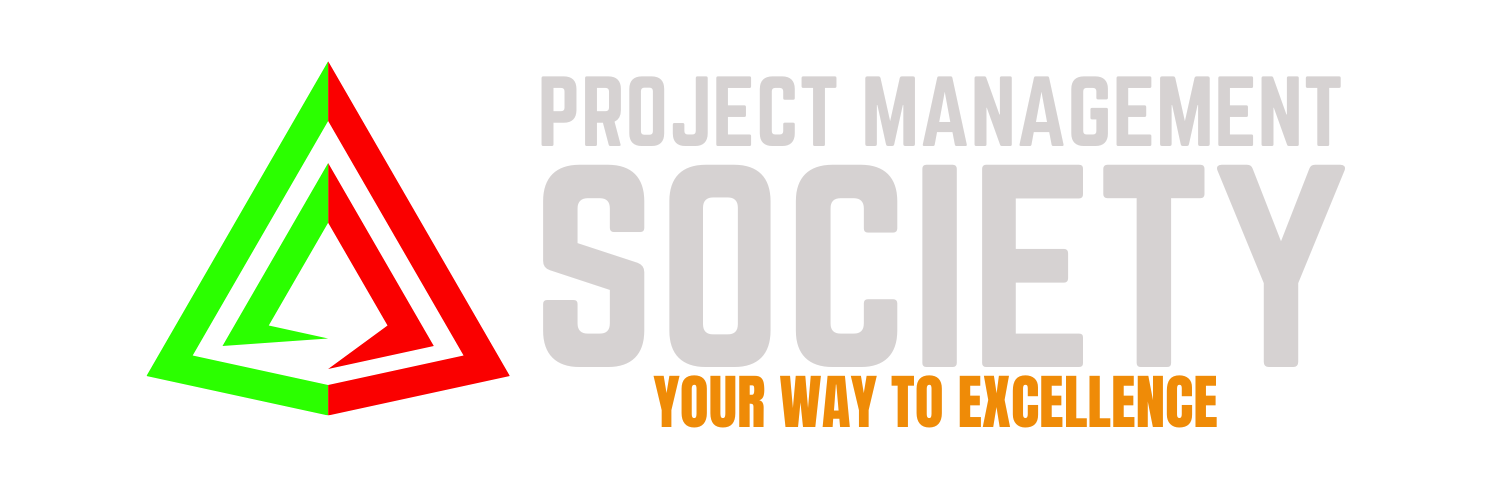 Communication is the lifeblood of any project. Whether you’re leading a small team or managing a large-scale initiative, the effectiveness of your communication can make or break your project’s success. A well-crafted communication plan serves as a roadmap, ensuring that everyone involved is informed, engaged, and aligned with the project’s goals. In this article, we’ll explore the key steps to create a comprehensive communication plan that enhances collaboration and drives results.
Communication is the lifeblood of any project. Whether you’re leading a small team or managing a large-scale initiative, the effectiveness of your communication can make or break your project’s success. A well-crafted communication plan serves as a roadmap, ensuring that everyone involved is informed, engaged, and aligned with the project’s goals. In this article, we’ll explore the key steps to create a comprehensive communication plan that enhances collaboration and drives results.
- Identify Stakeholders: Before drafting your communication plan, it’s essential to identify all project stakeholders. These may include team members, sponsors, clients, vendors, and other relevant parties. Each stakeholder group has unique communication needs and preferences, so understanding their expectations upfront is crucial.

- Define Objectives and Key Messages: Clearly define the objectives of your project and the key messages you need to convey to stakeholders. These messages should be consistent, concise, and aligned with your project’s goals. Consider what information each stakeholder group needs to know and tailor your messages accordingly.
- Choose Communication Channels: Select the most appropriate communication channels to reach your target audience. This may include email, meetings, project management software, collaboration tools, or social media platforms. Utilize a mix of channels to ensure your messages are delivered effectively and received by all stakeholders.
CLICK HERE TO DOWNLOAD 300+ PROJECT MANAGEMENT TEMPLATES & DOCUMENTS IN EXCEL
- Establish Communication Protocols: Set clear guidelines for communication frequency, format, and escalation procedures. Define roles and responsibilities for team members involved in communication activities, such as project managers, communication coordinators, or subject matter experts. Establish protocols for handling feedback, inquiries, and issues promptly.
- Develop a Content Calendar: Create a content calendar outlining the timing and delivery of key messages throughout the project lifecycle. Identify milestones, deadlines, and major events that warrant communication updates. Schedule regular check-ins and status reports to keep stakeholders informed of progress and any changes in project scope or timeline.

- Tailor Messages to Audience: Customize your communication messages to resonate with each stakeholder group. Consider their level of expertise, interests, and concerns when crafting your messages. Use language that is clear, jargon-free, and easy to understand, especially when communicating with non-technical stakeholders.
- Encourage Two-Way Communication: Foster an environment of open dialogue and feedback where stakeholders feel comfortable expressing their thoughts and concerns. Encourage two-way communication through channels such as surveys, feedback forms, or town hall meetings. Actively listen to stakeholder feedback and address any issues or misunderstandings promptly.

- Monitor and Evaluate: Regularly monitor the effectiveness of your communication plan and make adjustments as needed. Track key performance indicators such as message delivery rates, stakeholder engagement levels, and satisfaction surveys. Solicit feedback from stakeholders to gauge their perception of the communication process and identify areas for improvement.
- Celebrate Achievements and Milestones: Recognize and celebrate project achievements and milestones to boost morale and motivation among team members and stakeholders. Publicly acknowledge individual and team contributions to project success through newsletters, awards, or social media shootouts. This helps reinforce a positive project culture and encourages continued commitment to project goals.
CLICK HERE TO DOWNLOAD 300+ PROJECT MANAGEMENT TEMPLATES & DOCUMENTS IN EXCEL
- Document Lessons Learned: After the project is completed, take the time to document lessons learned from the communication process. Identify what worked well and areas for improvement to inform future projects. Incorporate feedback from stakeholders to refine your communication strategies and enhance your approach in future endeavors.
In conclusion, creating a communication plan for your project is essential for fostering collaboration, mitigating risks, and achieving successful outcomes. By following these key steps and principles, you can develop a comprehensive communication plan that keeps stakeholders informed, engaged, and invested in the project’s success. Effective communication is not just a tool for transmitting information—it’s the cornerstone of project excellence.
